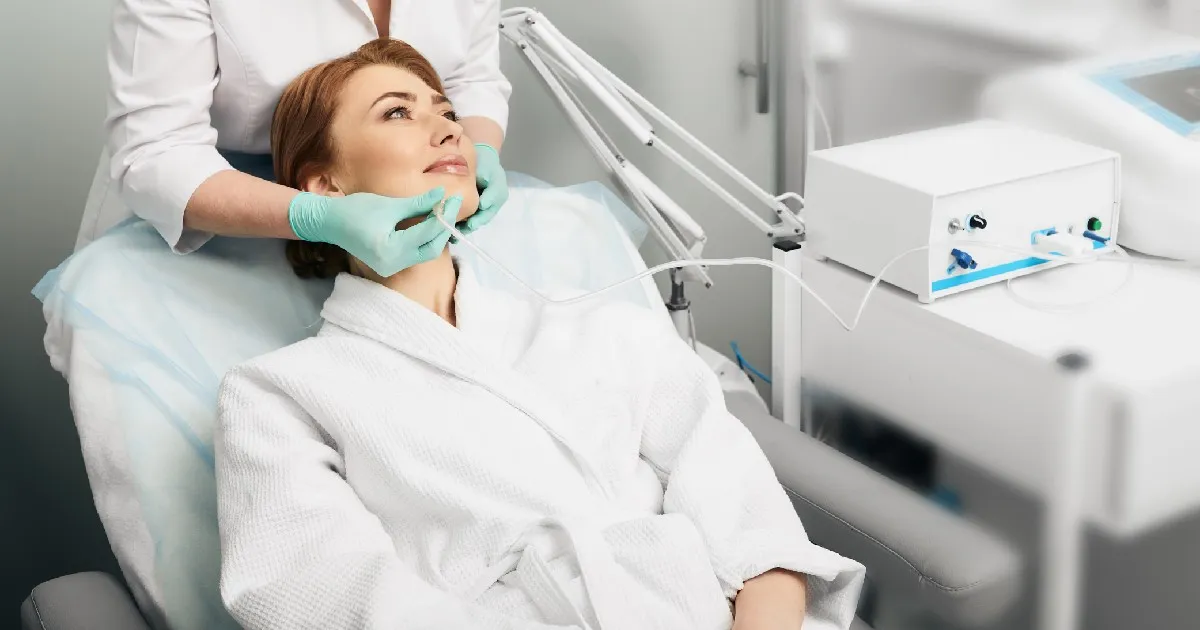Table of Contents
Regaining vision after significant loss—without relying solely on glasses or surgery—is becoming a real possibility through developments in regenerative medicine. For individuals with cataracts, corneal injury, or retinal disorders, stem cell therapies under investigation point toward the potential for functional recovery by helping the eye repair itself.
At The Re Clinic, we’re following these advances with a practical interest in where science is taking patient care. Though stem cell therapies for vision are still in early testing, understanding what’s underway can help you prepare for the future of eye health.
Understanding Vision Loss: More Than Meets the Eye
Millions of people around the world experience vision impairment due to a variety of conditions:
- Cataracts: Clouding of the eye’s natural lens.
- Corneal injuries or infections: Damage to the outermost layer of the eye.
- Macular degeneration: Deterioration of the central portion of the retina.
- Retinal pigment epithelium (RPE) damage: Often linked to age-related vision loss.
Traditional treatments—like glasses, surgery, and medication—offer symptom management or vision correction. But they rarely regenerate damaged ocular tissue. That’s where stem cell research is beginning to reshape the conversation.
What Are Stem Cells and Why Do They Matter for Vision?
Stem cells are unique in that they can self-renew and differentiate into specialized cell types. In the context of eye health, they can potentially replace damaged:
- Lens epithelial cells
- Corneal epithelial cells
- Retinal cells (including RPE and photoreceptors)
Researchers are exploring both endogenous stem cells (those naturally present in the body) and induced pluripotent stem cells (iPSCs), which are adult cells reprogrammed to act like embryonic stem cells. These technologies offer two distinct avenues for regenerating eye structures that were once thought to be irreparably damaged.
Clinical Breakthroughs Bringing Vision Restoration Closer to Reality
Recent research is starting to show how stem cell science may directly impact vision recovery. Here are some of the most notable developments so far:
1. Pediatric Cataract Repair Using the Eye’s Own Stem Cells
A groundbreaking study conducted by UC San Diego Health and Chinese researchers focused on infants born with cataracts. Instead of implanting an artificial lens, surgeons removed the cloudy lens while preserving the natural lens capsule. This allowed the eye’s own stem cells to regenerate a clear, functional lens.
The outcome? Children treated with this method had better recovery, fewer complications, and regained vision in ways that mirror natural development.
2. Lab-Grown Corneas from iPSCs
Another remarkable achievement comes from scientists who engineered corneal tissue from human induced pluripotent stem cells. In trials with rabbits, these lab-grown corneal grafts restored sight to previously blind subjects.
This marks a significant step forward for corneal transplant medicine. For patients with severe corneal damage or scarring, such tissue-engineered grafts could provide a personalized alternative to donor-based transplants.
3. Retinal Repair: Hope for Macular Degeneration
Researchers are also advancing stem cell-based solutions for retinal diseases, especially those involving the retinal pigment epithelium. In early-stage clinical trials, patients with age-related macular degeneration received transplants of RPE cells derived from stem cells.
Preliminary results? Stabilized vision, improved contrast sensitivity, and no significant immune rejection.
Benefits of Stem Cell–Based Vision Therapy
While still under investigation, stem cell therapies offer several key advantages:
- Regeneration, not replacement: Instead of inserting foreign materials, these treatments work by repairing or regrowing your body’s own tissues.
- Reduced long-term complications: By minimizing synthetic implants, risks like rejection or infection may decrease.
- Tailored to the individual: iPSC technology means your own cells could potentially be used, reducing ethical concerns and boosting compatibility.
What to Know Before Getting Excited: Still Experimental
It’s essential to understand that these treatments are not yet approved for widespread clinical use. They are still undergoing trials to determine safety, long-term outcomes, and scalability. No one should expect stem cell therapy to be an available option at your local clinic just yet.
However, staying informed now prepares you for future conversations with your eye care provider. And when these therapies become more accessible, you’ll already have the background needed to decide if they’re right for you.
How The Re Clinic Stays Ahead in Regenerative Health
At The Re Clinic, we don’t just watch the future unfold—we prepare for it. Our team follows stem cell research developments closely and remains committed to integrating scientifically supported therapies when they become available.
If you’re struggling with chronic eye conditions or simply want to understand what’s next in vision care, our professionals are here to help you navigate the landscape. We offer consultations tailored to your specific condition, helping you make sense of current options and potential future advancements.
FAQs About Stem Cells and Vision Restoration
Q: Can I get stem cell treatment for vision loss now?
A: Currently, most stem cell treatments for vision are only available through clinical trials.
Q: Are these procedures safe?
A: So far, early studies suggest positive safety profiles, but long-term research is still ongoing.
Q: Is this approach suitable for all types of blindness?
A: No. The effectiveness depends on the cause and extent of vision loss. Some genetic or structural issues may not respond to stem cell therapy.
Q: How do I qualify for a clinical trial?
A: Trials usually have strict eligibility criteria based on your diagnosis, age, and health status. Your eye care provider can help guide you.
A Glimpse Into a Vision-Restoring Future
Moving from research lab to patient care takes time, but the trajectory of stem cell therapy is undeniably promising. Whether it’s regenerating a child’s natural lens, engineering new corneas, or rebuilding parts of the retina, science is steadily turning hope into results.
If you’re interested in learning more about these innovations or want expert guidance on your current vision care plan, consider trying out the services at The Re Clinic today. We’re here to help you stay informed, supported, and ready for the future of eye health.
Interested in how regenerative medicine could affect your vision care journey?
Schedule an appointment with The Re Clinic and explore personalized insights tailored to your needs.






